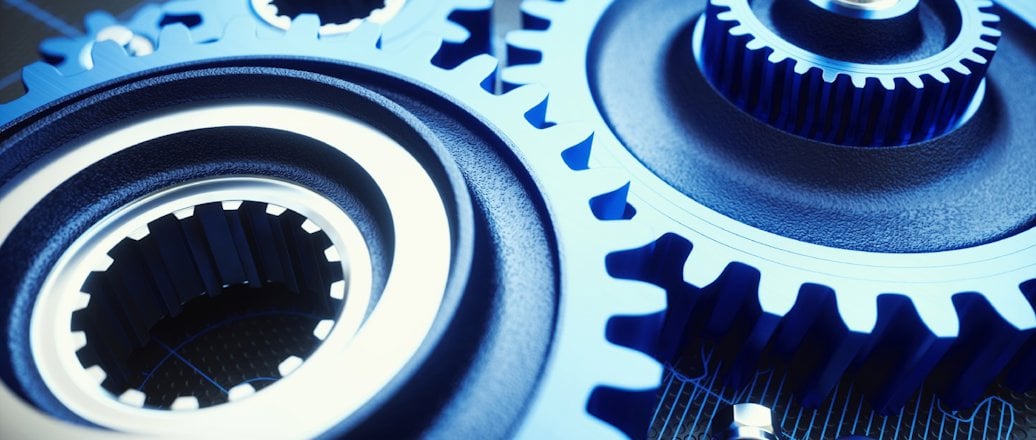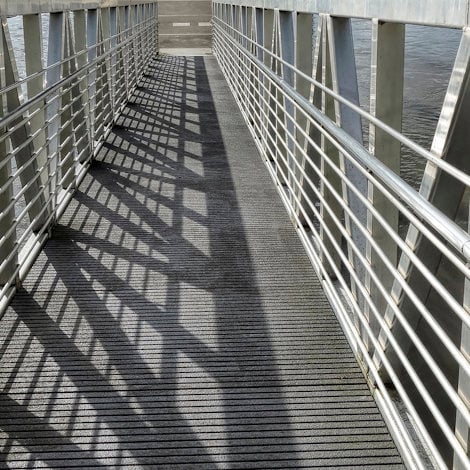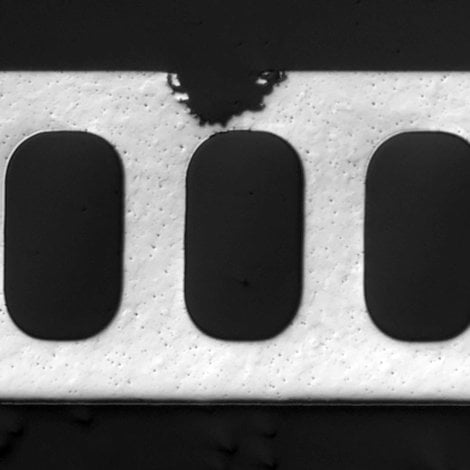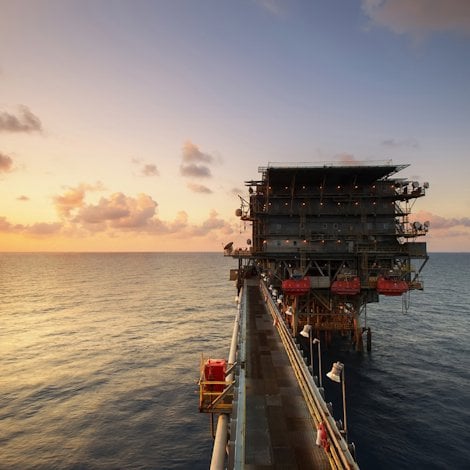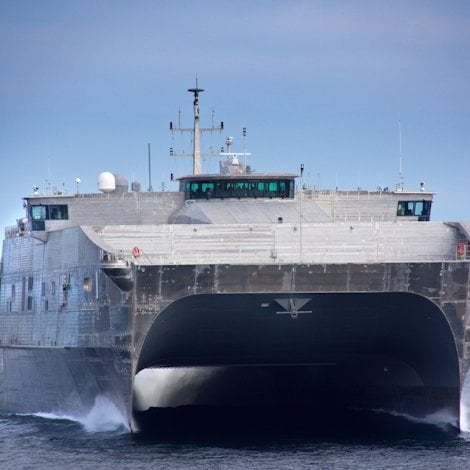What you need to know about hard anodizing
Anodizing is one of the most widely used forms of surface treatment of aluminium profiles. Hard anodizing could be an option for your product.
Hard anodizing produces an oxide layer that has a thickness from 25-to-100 μm and with a hardness above 300 VPN (Vickers) according to the British Standard 5599.
It is generally carried out the same way as regular anodizing with sulfuric acid, but it is done at a lower temperature.
Hard anodizing improves corrosion resistance
There are several reasons why you would choose hard anodizing for an aluminium surface. One is corrosion resistance, because hard anodizing increases resistance. Hard anodizing also:
- Creates a more wear-resistant surface
- Creates a thicker wear surface
- Improves electrical resistance
The choice of aluminium alloy is critical because it affects the properties of the oxide layer.
Sealing improves the already good corrosion resistance of a hard-anodized surface, but sealing also will reduce its hardness.
You should consider hard anodizing if you are designing industrial components or tools that are going to be used in applications with high demands on low friction and wear resistance.
Hard anodizing is also beneficial in applications with harsh corrosive environment.

